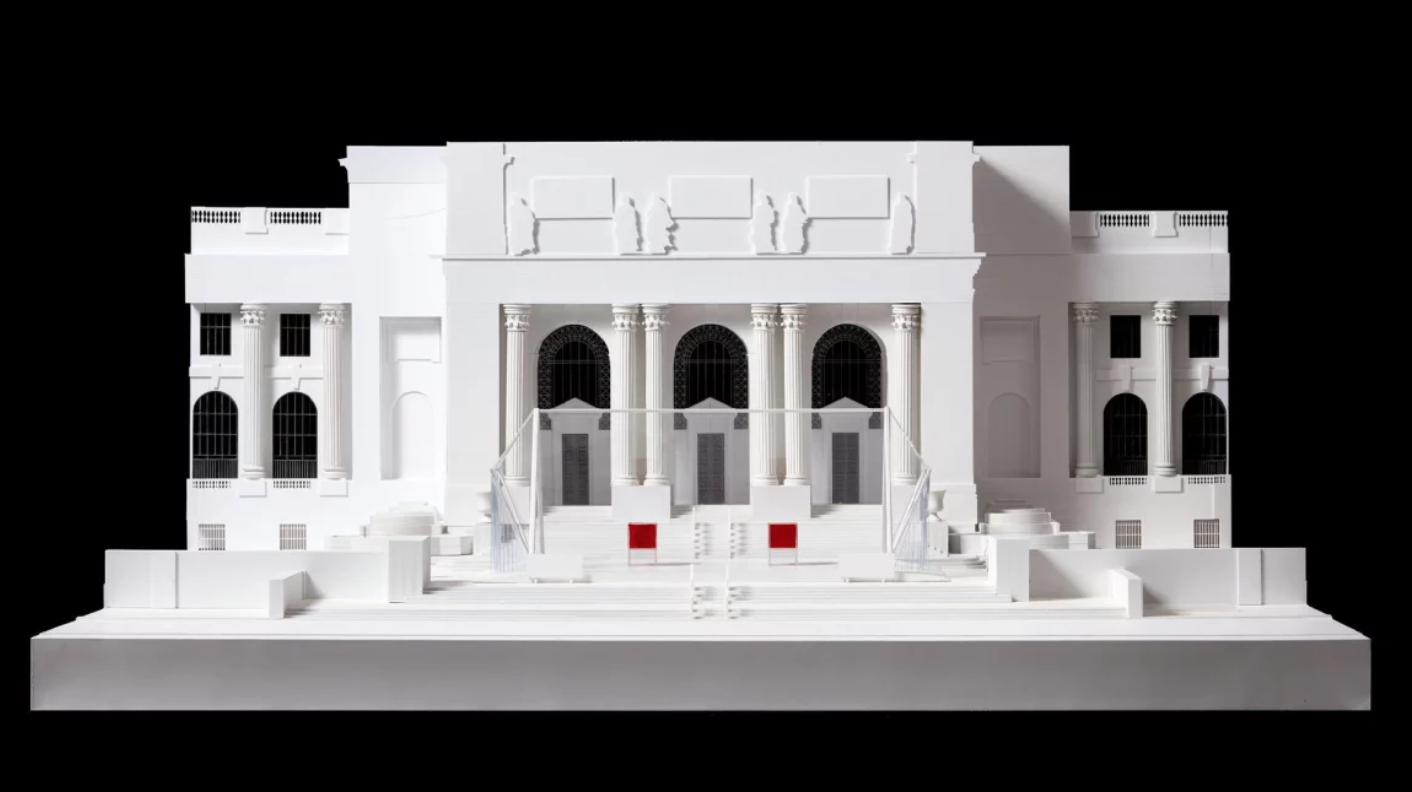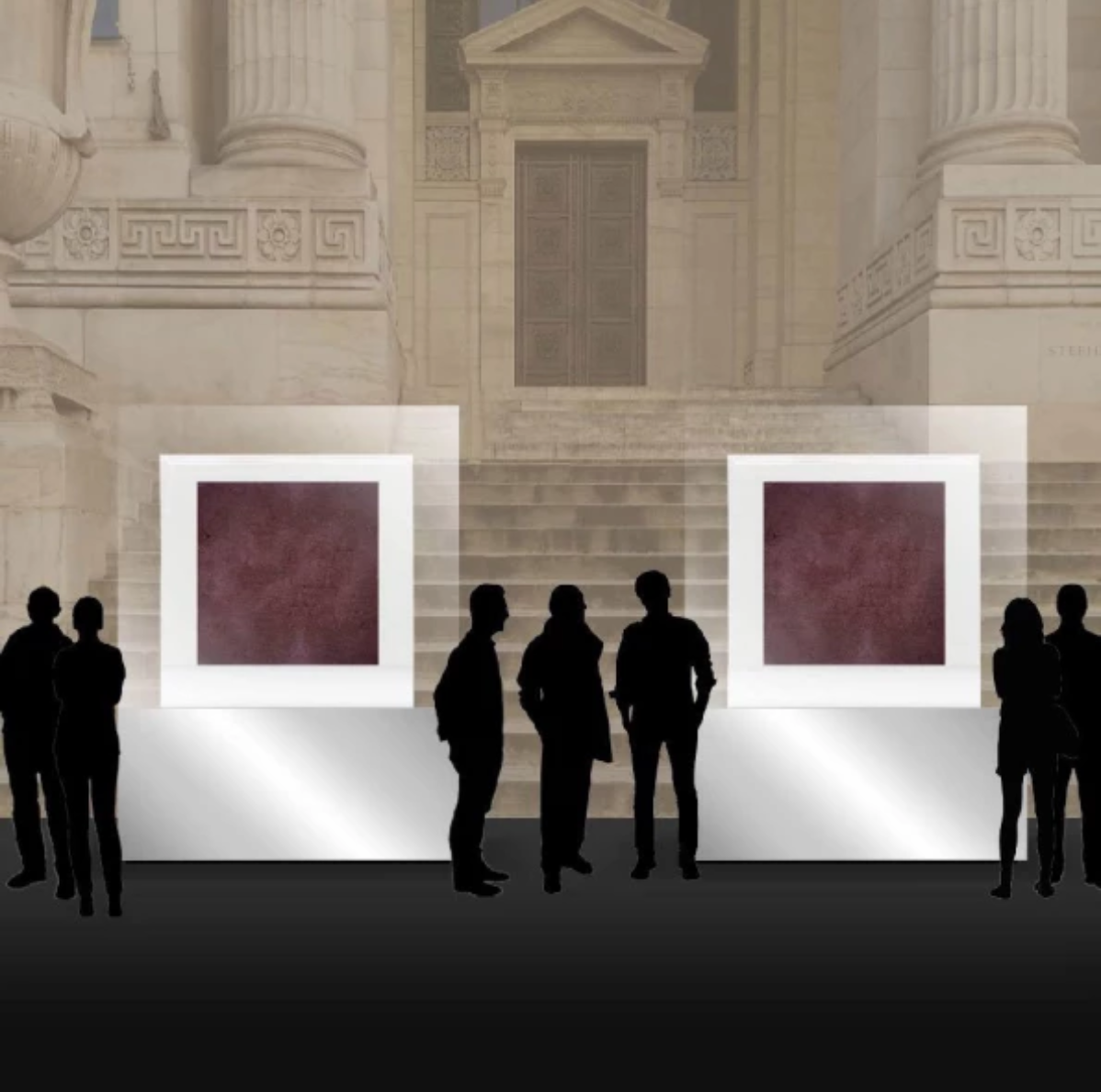News & Updates
These two enormous cubes of blood make an important point about refugees
This art installation in 2019 will feature the blood of refugees and non-refugees side by side. You can donate your own blood to the project now.
By Adele Peters -Fast Company

In late 2019, the steps of the New York Public Library will be filled with a huge sculpture: two cubes weighing a metric ton each, both filled with frozen blood. One cube will hold blood donated by at least 2,500 resettled refugees; the other will hold blood from 2,500 non-refugees. The unlabeled cubes will look, of course, exactly the same.

“The concept of the sculpture came from the very simple idea that my blood and your blood is the same, and that my blood and refugee blood is the same–that under the skin we’re all the same,” says U.K. artist Marc Quinn, who will donate the proceeds from the $30 million sculpture, called Odyssey, to organizations that support refugees. Half will go to the International Rescue Committee.
In the past, Quinn used his own blood to build a series of self-portraits. “The evolution of using blood in Odyssey is that this is not a portrait of one person, but of at least 5,000 people,” he says. “Half of them refugees who settled into Western countries, and half of them ‘non-refugees,’ if that can mean anything in a country like the United States, which is predominately built on immigration.”
On the project’s website, anyone can donate blood to the project. “It is a massive logistical project to get the blood: We are taking it in a number of countries, and the entire thing is being run like a clinical trial with medical professionals and ethics committees and lawyers,” Quinn says. But volunteers, he says, are eager to donate.
The sculpture will tour the world after New York City (custom refrigeration units, in a pavilion designed by the architect Norman Foster, keep the blood frozen in any climate). Videos with messages from the volunteers who gave blood will play next to the art.
“I can’t say how people will react to the work–it’s the one element I can’t control,” says Quinn. “But I hope that by emphasizing our common humanity, it will make people think differently. I also think that looking at the subject in a different visceral way can open up emotional doors in someone that the news cannot.”